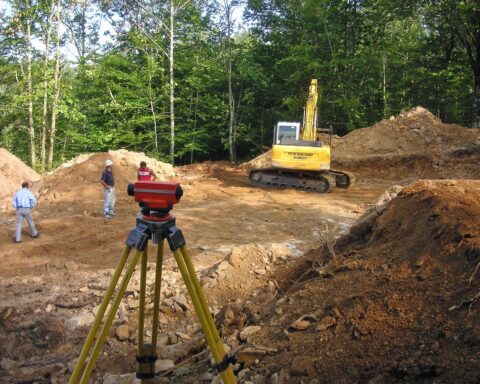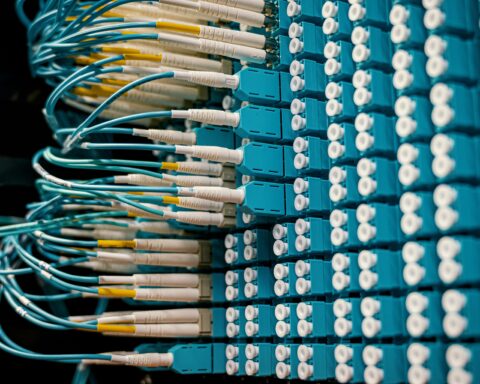About $60 million from California’s Clean Truck Fund (CTF) rate is available to help truck operators purchase new zero-emissions vehicles at the Ports of Los Angeles and Long Beach.
Each port will provide $30 million collected through the CTF rate, which charges cargo owners $10 per loaded container that is entering or exiting the San Pedro Bay ports complex that comprises the ports.
Cargo owners could start applying for vouchers Nov. 14. Funds can help purchase up to 800 new zero-emissions trucks. These vouchers are available for Class 8 drayage trucks – tractor-trailers that make short-haul trips in urban areas.
Funds for eligible truck purchases will be administered on a first-come, first-served basis through the Hybrid and Zero-Emission Truck and Bus Voucher Incentive Project (HVIP), which offers incentives for purchases of other vehicles.
The ports began collecting the CTF rate in April 2022 as part of the San Pedro Bay Ports Clean Air Action Plan, which was established in 2008. The plan calls for 100% zero-emissions trucks by 2035, and the CTF encourages cargo operators to switch to zero-emissions vehicles.
Other efforts the Port of Long Beach is making to meet its 2035 zero-emissions goal include opening two public charging stations for electric drayage vehicles in November 2022.
“The Port of Long Beach is committed to becoming a zero-emissions seaport,” Long Beach Harbor Commission President Sharon L. Weissman said in a news release. “Step-by-step, we are making progress toward meeting the goals of both zero-emissions terminal operations by 2030 and zero-emissions trucking by 2035.”
The port has one of the largest electric-powered fleets nationwide, and a $30.1 million grant from the U.S. Department of Transportation is also helping expand its zero-emissions cargo-handling equipment fleet. This funding has helped the port replace diesel-powered tractors with electric ones as well as purchase electric charging stations.
Through its clean air efforts, the port has been able to reduce diesel emissions by 88% since 2005.
In October, the U.S. Department of Energy announced the San Pedro Bay complex will receive $1.2 billion in grant funding from the Bipartisan Infrastructure Law to create a hydrogen hub and make low-cost clean hydrogen available for cargo-handling equipment.
“We’ll use this grant, along with unprecedented levels of port funding, to support the purchase of hydrogen fuel cell-powered equipment on all modes of transportation throughout the port complex,” said Gene Seroka, executive director of the Port of Los Angeles, in a news release. “We are excited about the transformation that hydrogen will play in our zero-emission future.”
The Clean Air Action Plan doesn’t just target trucks and cargo equipment. The ports also aim to reduce pollution from ships through several initiatives, such as providing incentives for using newer engines or nitrogen oxide-reducing technology.













